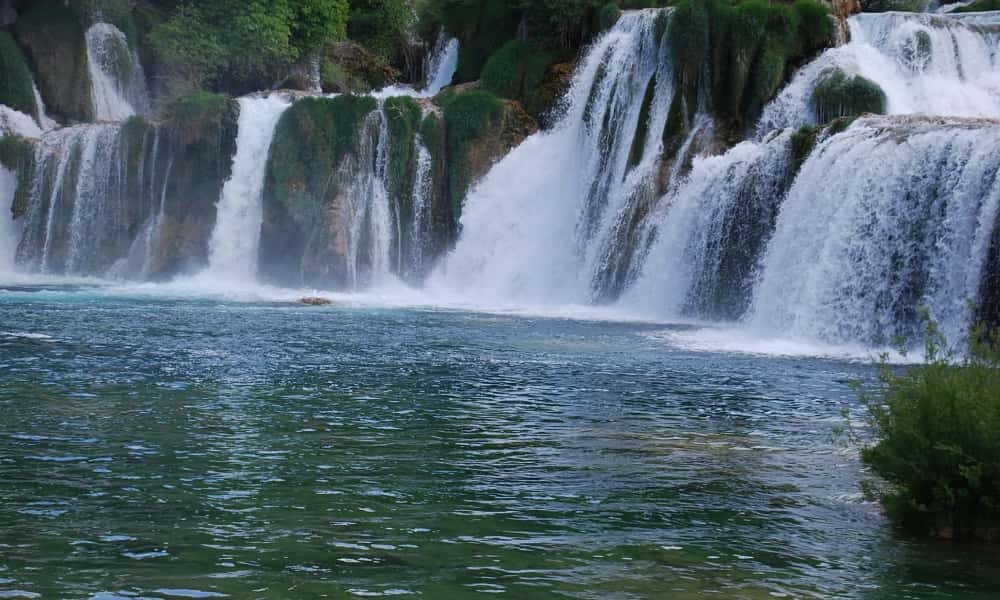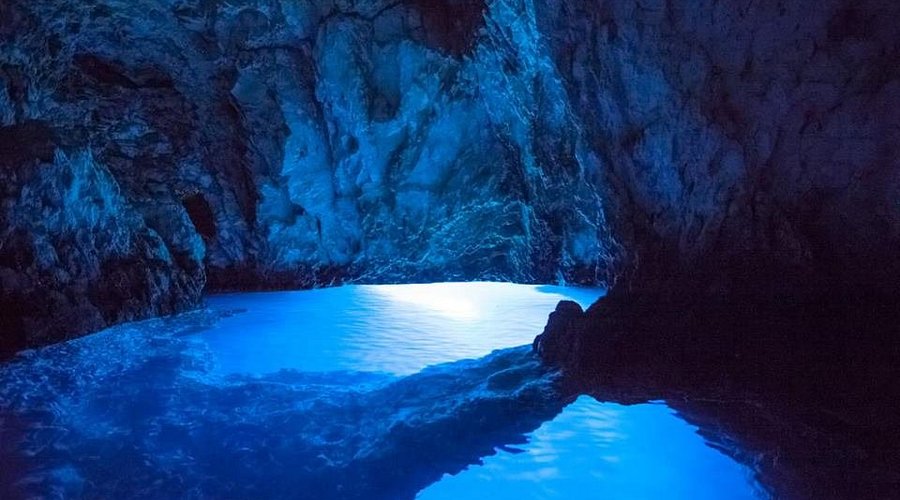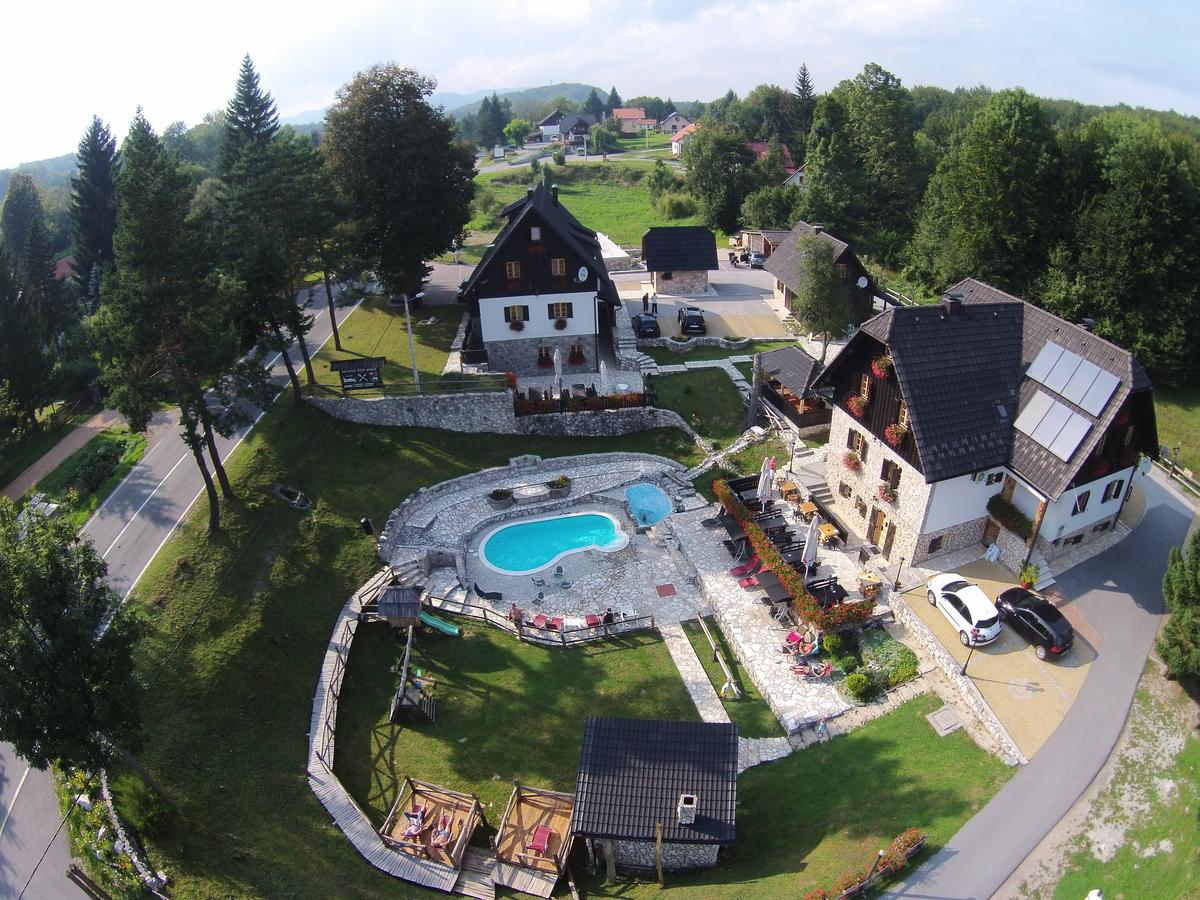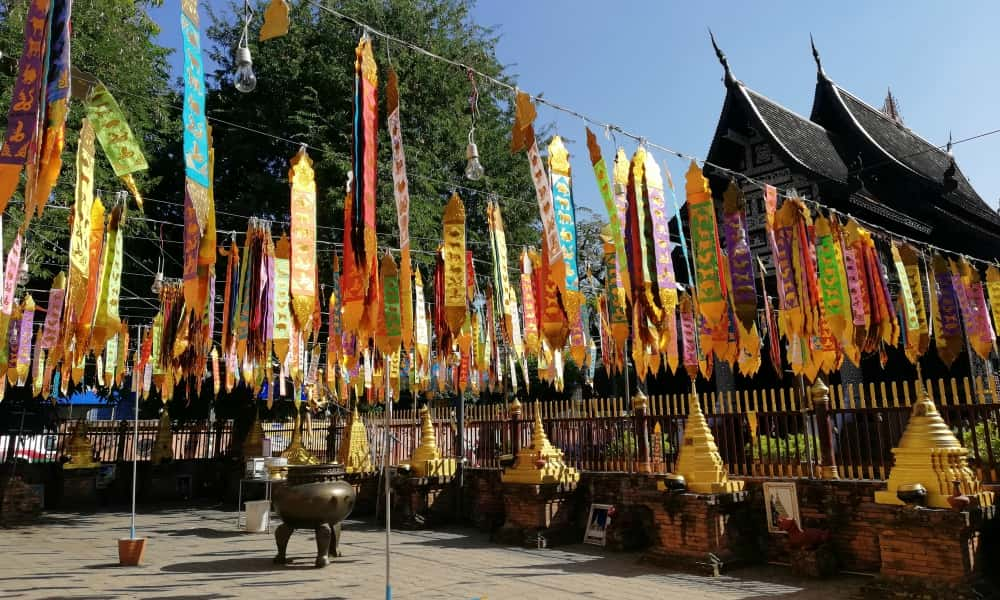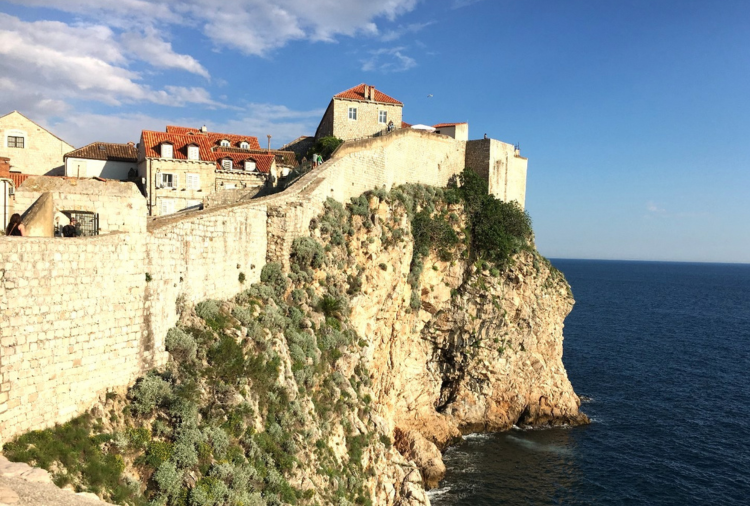
Dubrovnik
With its iconic medieval walls and shimmering views over the Adriatic, Dubrovnik is Croatia’s star attraction. Walk along the ancient ramparts, get lost in the limestone alleys of the Old Town, and relive scenes from Game of Thrones. Wondering what to see, do and know before you go? Find the full Dubrovnik guide here.

Split
A lively coastal city built around the ruins of a Roman palace, Split seamlessly blends history with modern Mediterranean life. Wander through Diocletian’s Palace, sip coffee on the Riva promenade, and catch a ferry to nearby islands.
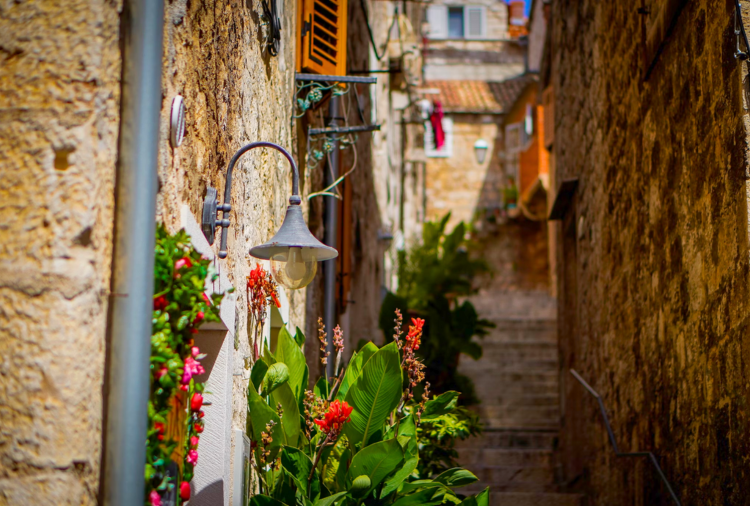
Hvar
Known for its sunny climate, glamorous vibe, and lavender fields, Hvar is a favorite for those looking to mix relaxation with upscale fun. Charter a boat, dive into secluded coves, and enjoy sunset cocktails by the harbor.
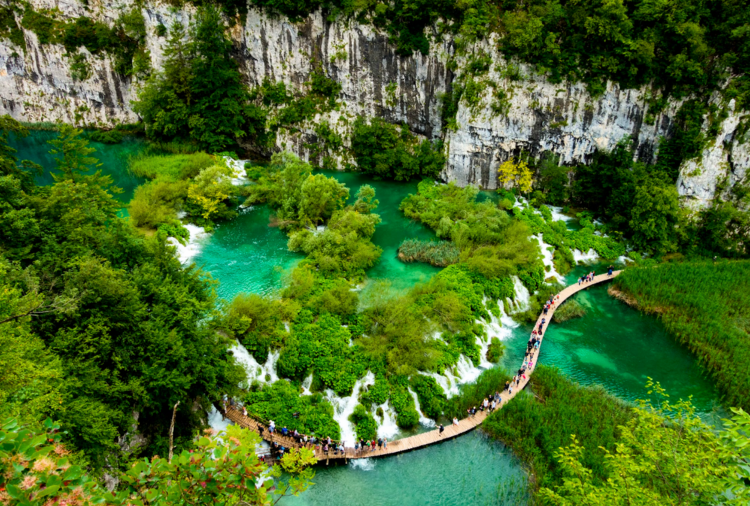
Plitvice Lakes
Croatia’s most famous national park is a fairytale of cascading waterfalls, turquoise lakes, and forested walkways. Spend a day hiking its wooden trails or take a peaceful boat ride across its crystal-clear waters.
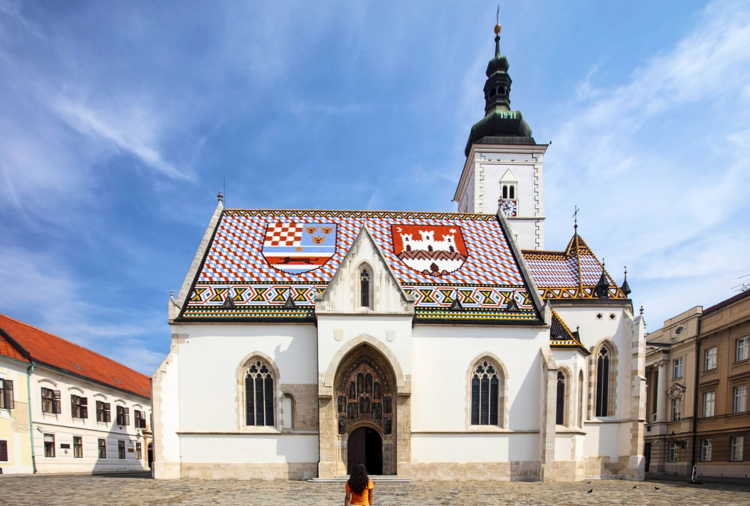
Zagreb
Often overlooked, Croatia’s capital offers a charming mix of Austro-Hungarian architecture, vibrant street art, cozy cafés, and an emerging food scene. It’s also a great jumping-off point for inland exploration.
Other places to consider include Zadar (with its unique Sea Organ), the romantic hilltop towns of Istria, Korčula Island (the "Little Dubrovnik"), and the wild beauty of Mljet National Park.
Planning Your Itinerary
Croatia is compact and well-connected, making it ideal for multi-stop itineraries. Here’s a sample structure to help you visualize your trip:
7-Day Itinerary (Classic Highlights)
Start in Zagreb, explore Plitvice Lakes, then head south to Split and the islands, wrapping up in Dubrovnik.
Start in Zagreb, explore Plitvice Lakes, then head south to Split and the islands, wrapping up in Dubrovnik.
10 to 14 Days
Add more islands like Korčula or Vis, explore Istria, or take day trips into neighboring countries like Montenegro or Bosnia & Herzegovina. This is the perfect 10 day itinerary in Croatia.
Add more islands like Korčula or Vis, explore Istria, or take day trips into neighboring countries like Montenegro or Bosnia & Herzegovina. This is the perfect 10 day itinerary in Croatia.
Planning tip: focus on either the Dalmatian Coast (Split–Dubrovnik–islands) or mix it with inland gems like Plitvice and Zagreb, depending on your pace.
Getting Around Croatia
Travel in Croatia is relatively smooth, thanks to a strong bus network and frequent ferries.
- Buses are reliable and affordable for travel between major cities.
- Ferries connect the coastal cities to the islands. Jadrolinija and Krilo are the main operators.
- Car rental is ideal if you're exploring Istria, national parks, or smaller inland towns.
- Domestic flights are useful if you're short on time (e.g., Zagreb to Dubrovnik).
- Trains exist but are limited and slower than buses.
For island hopping, plan around ferry schedules carefully—especially in shoulder or low season.
Where to Stay in Croatia
Accommodation options are as diverse as the country itself. In Dubrovnik, you’ll find everything from luxury hotels overlooking the Adriatic to charming guesthouses tucked into the Old Town. On the islands, apartments and boutique stays are popular, while Istria offers countryside villas and romantic stone cottages.
- Budget: Hostels, guesthouses, and local apartments
- Mid-range: Boutique hotels, seaside B&Bs
- Luxury: Resorts, villas, and heritage hotels in historic towns
Booking early is essential in high season, especially in popular spots like Hvar or Plitvice.
Food & Drink in Croatia
Croatia’s culinary scene is a blend of Mediterranean, Central European, and Balkan influences. What you eat—and drink—will vary by region.
- On the Dalmatian Coast, expect fresh seafood, black risotto, octopus salad, and dishes slow-cooked under a "peka" bell.
- In Istria, truffles, homemade pasta, olive oil, and wine take center stage.
- Inland Croatia leans toward heartier fare: sausages, stews, and grilled meats.
Don’t miss:
- Peka: Lamb, veal, or seafood slow-cooked with herbs and vegetables
- Burek: Flaky pastry stuffed with cheese or meat
- Ćevapi: Grilled meat served with flatbread
- Rakija: Potent fruit brandy (a local welcome drink)
- Croatian wines: Try Plavac Mali (red) and Malvazija (white)
Budgeting for Your Trip
Croatia can be surprisingly affordable—or quite indulgent—depending on your travel style.
- Budget travelers can get by on €50–70/day with hostels, buses, and street food.
- Mid-range budgets (€100–150/day) cover hotels, ferries, and restaurant meals.
- Luxury travelers (€200+/day) can enjoy fine dining, private tours, and upscale stays.
Traveling in shoulder season is a smart way to save without missing out.
Essential Travel Tips
- Currency: Croatia uses the Euro (€)
- Language: Croatian, but English is widely spoken in tourist areas
- Safety: Very safe for solo and group travelers alike
- Tipping: 10% is standard in restaurants, although not mandatory
- Water: Safe to drink from the tap
- Electricity: Plugs are type C & F (230V)
You’ll also want a local SIM or eSIM if traveling beyond major cities. T-Hrvatski Telekom and A1 are top providers.
Don’t Miss These Experiences
- Wine tasting in Pelješac or Istria
- Swimming beneath Krka’s waterfalls
- Kayaking the Elafiti Islands
- Exploring ancient ruins inside Split’s city center
Easy Day Trips From Croatia
Thanks to its location, Croatia is a gateway to several stunning day trip options:
- Montenegro: Visit Kotor and Perast from Dubrovnik
- Mostar (Bosnia & Herzegovina): Explore the famous Ottoman bridge and cobbled streets
- Krka National Park: A waterfall-filled escape just an hour from Split
- Island day cruises: From Split, visit Hvar, Brač, Vis, or Šolta on speedboats or catamarans
Croatia is a destination that rewards both planners and wanderers. You can spend a week here and feel like you've touched paradise—or return year after year and discover something new each time. From stone streets echoing with history to quiet coves made for swimming and sunsets, it’s a place that lingers long after your trip ends.









